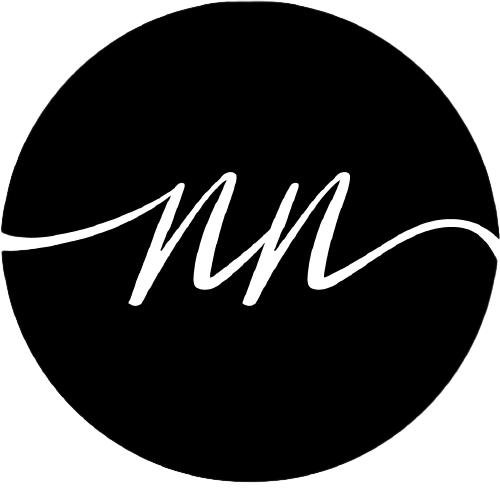We have heard the governor of Bank of Canada, Mr. Carney, over the last few weeks talk about high level of Canadians household debts and his concern of homeowners getting used to the low rate environment. The concern as the global economy recovers (especially US & Europe), there will be a rate "snap back" to normal levels where homeowners would experience a payment shock. Here are facts to consider:
- US Federal reserve prime lending rate is between 0% and 0.25% and will continue at these levels until unemployment numbers improve and GDP growth accelerates. In my opinion, these rates will stay around this level well into the next presidential elections in November 2012.
- Bank of Canada prime lending rate is at 1% and the bank is reluctant to have a large difference with the US Fed rate since international investors would buy the Canadian dollar which would increase its value, slowing down exports and negatively affecting Canada's economy.
Taking the above into consideration, prime rate would probably be at the same level or slightly higher until the early part of 2012. This favours a short term variable mortgage where the borrower would benefit from the lower rate and the borrower can negotiate a new product in 2.5 to 3 years based on the economic conditions where possibly bigger discounts to the prime might be available. An important factor to take into consideration is to set the variable mortgage as one is paying for a fixed mortgage, where the difference in payment pays down the principal reducing total amortization and saving thousands of interest dollars.
Finally, it is important to make a decision based on your personal financial situation since cash flow for a first time home buyer is different from a self employed homeowner which is different from a family with 2 kids who are in daycare.
For information about inflation hedge strategy and how to position your mortgage, please contact me.

